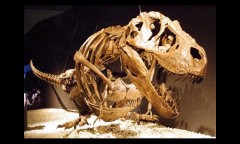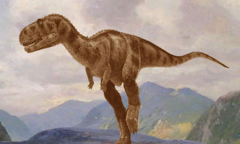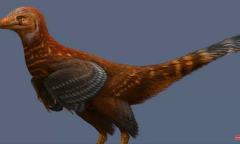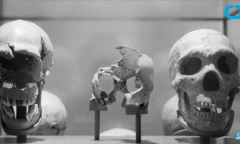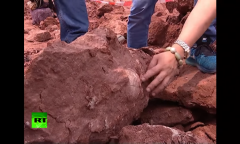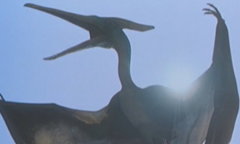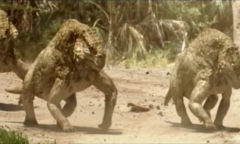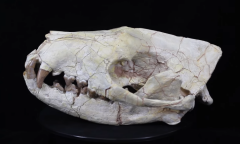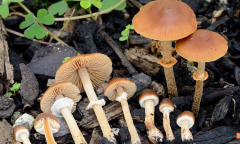By KM Diaz, | June 09, 2017
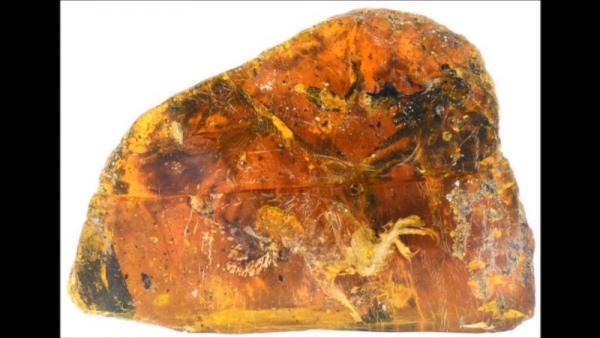
Researchers have found a 99 million-year-old baby bird trapped in amber in Myanmar. (YouTube)
Researchers have found a 99 million-year-old baby bird trapped in amber in Myanmar. The ancient hatchling believed to have been preserved in time after a blob of sticky tree resin fell on it when it was just about a few days or weeks old.
The fossil was discovered in the Hukawng Valley in northern Myanmar and the research was partly funded by the National Geographic Society's Expeditions Council.
Like Us on Facebook
Xing Lida, the lead author of the international team of researchers from the China University of Geosciences, will analyze the three-inch specimen together with other researchers to have a better understanding of how toothed birds are different from birds today and how they survived alongside dinosaurs.
The amber encases the bird's neck, partial wing, skull, one foot, and a hind limb. The hatchling is believed to belong to a group of birds known as enantiornithines - lived during the Cretaceous period - and assumed to have been killed during the event of mass extinction that also killed dinosaurs.
Scientists say that the bird is unusual in some ways. For instance, the structure of its wings is similar to modern birds flying these days, but it maintains other features similar to primitive theropods - a group of dinosaurs from which modern birds evolved.
Chen Guang, the owner of the specimen and a curator of a museum in Yunnan, said that other people thought it was a lizard, but the thread-like feathers, scales, as well as sharp claws on the feet were very remarkable and he assumed it's a bird.
Based on the analysis, the bird would have been able to fly even after birth. That means it is less dependent for the care of its parents, according to the team. Contrary to birds today, most hatchlings need to stay in the nest to develop their ability to fly.
Tseng Kuowei, from the University of Taipei, said that the bird's overall posture resembled hunting because of its open claws, lifted the body, broken wing, and probably engulfed by falling resin during hunting.
Researchers believe that the fossil provides evidence about the complete representation of a hatchling's plumage during Cretaceous period found to date. It could also be a reference point to compare the specimen to other feathers found in amber and fossilized birds.
The study was published in the journal Gondwana Research.
-
Use of Coronavirus Pandemic Drones Raises Privacy Concerns: Drones Spread Fear, Local Officials Say

-
Coronavirus Hampers The Delivery Of Lockheed Martin F-35 Stealth Fighters For 2020

-
Instagram Speeds Up Plans to Add Account Memorialization Feature Due to COVID-19 Deaths

-
NASA: Perseverance Plans to Bring 'Mars Rock' to Earth in 2031

-
600 Dead And 3,000 In The Hospital as Iranians Believed Drinking High-Concentrations of Alcohol Can Cure The Coronavirus

-
600 Dead And 3,000 In The Hospital as Iranians Believed Drinking High-Concentrations of Alcohol Can Cure The Coronavirus

-
COVID-19: Doctors, Nurses Use Virtual Reality to Learn New Skills in Treating Coronavirus Patients



